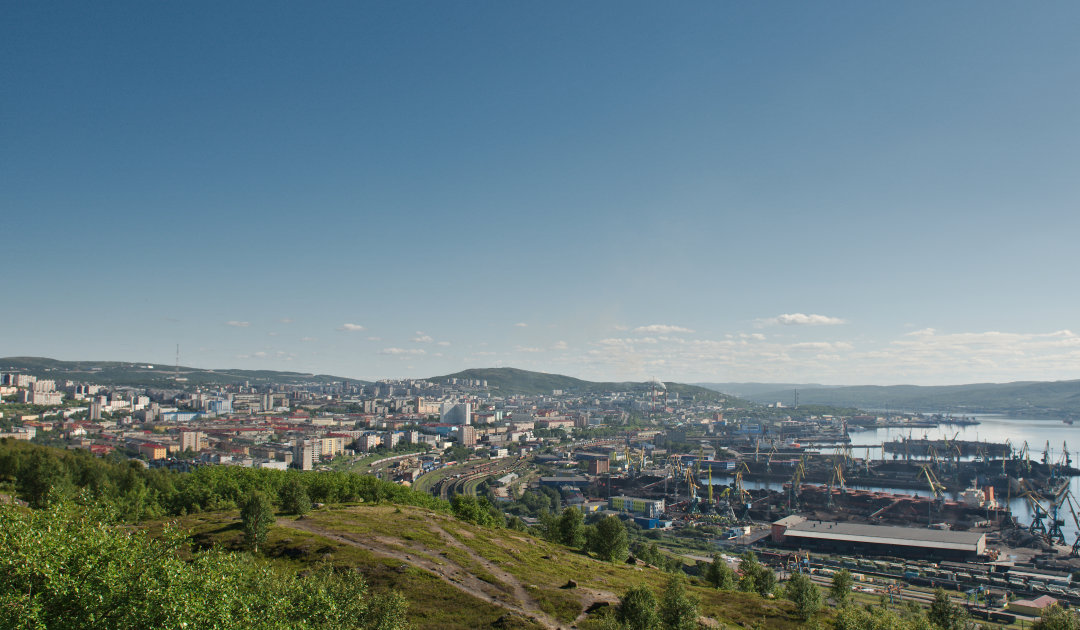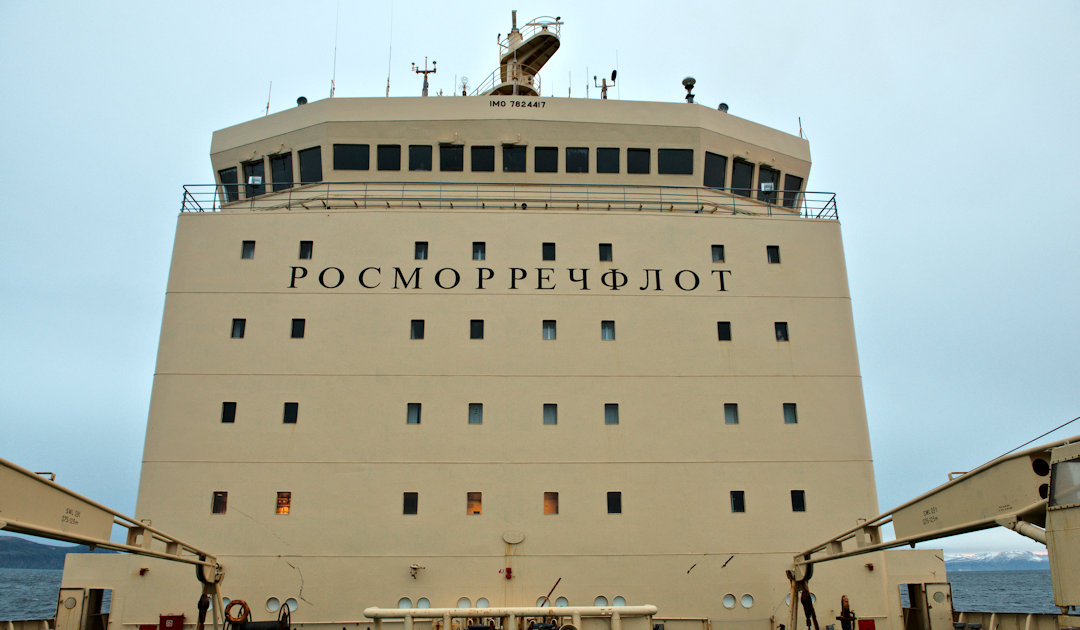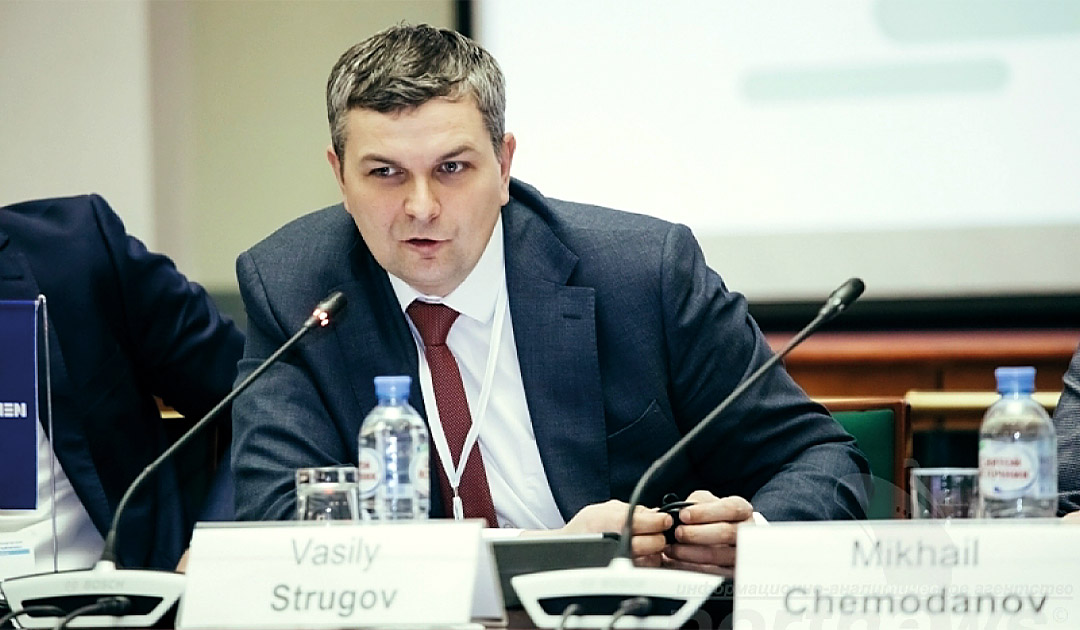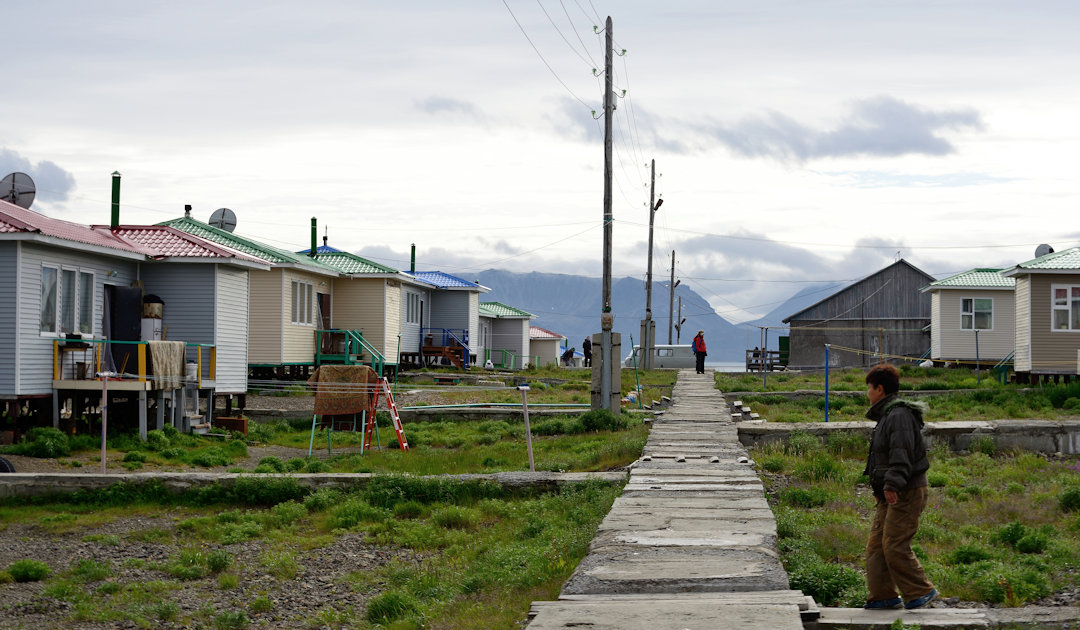
Since February 24 last year, many things have changed in the world. For example, the gates for tourist activities in the Russian Arctic between Murmansk and Vladivostok closed. Numerous providers of expedition tours, who had hoped heavily for the hitherto little-traveled region, had to bury their plans completely. The Russian government, which had repeatedly announced its own big plans for conducting tourist activities in the region, will now fill the gap. But the big plans have been pretty much scaled down.
Two veterans of polar expedition voyages, the Kapitan Dranitsyn in Murmansk and the Kapitan Khlebnikov in Vladivostok, are to sail through the Northeast Passage as soon as possible, each taking around 120 guests to the region. The voyage, which will last around four weeks, is to be conducted in a kind of shuttle service. This means that the Dranitsyn will travel from Murmansk to Vladivostok and the Khlebnikov in the opposite direction. In addition to the classic places such as Wrangel Island, Severnaya and Novaya Zemlya and Franz Josef Land, places such as Anadyr, Pevek, or Dickson will also be called at. The Russian state-owned enterprise “Rosmorport” is to be responsible for the planning and implementation and is to implement the plans of Deputy Prime Minister Yuri Trutnev, according to several Russian sources. However, it has not been fully clarified whether the plans will be put into practice this year.



The two sister ships, which still date from Soviet times and were built in Finland in the 1980s, have both always been used as working vessels in their respective regions as icebreakers for transport ships, even today. In the past, their services were not needed during the summer months, so the ships were repeatedly chartered by foreign companies when special voyages were planned, for example in October to the emperor penguins of Snow Hill Island or a complete circumnavigation of the Arctic or Antarctica. But because the ships were primarily working vessels, only the cabins and crew infrastructure were available to guests. According to Rosmorport’s plans, this is now to be changed and the ships converted to passenger service. Modernization work has been announced for this purpose and both ships are to offer space and comfort for 120 passengers in the future, as Rosmorport’s deputy head Vasily Strugov explains.


In the last three years, the government has repeatedly announced plans to strengthen Arctic tourism. The plans envisaged by Deputy Prime Minister Trutnev included the construction of new, dedicated cruise ships, the development of infrastructure in the towns along the Northeast Passage and a strengthening of the domestic market. The aim was to secure a piece of the lucrative pie, since the voyages to the regions of the Russian Arctic were for the most part carried out by foreign companies, with Russian participation nota bene. But with Russia’s isolation and the effects of economic sanctions, the plans will probably now have to be greatly scaled back. The modernization of the two ships and their deployment is also likely to encounter difficulties. Both ships are nearly 40 years old and spare parts can only be supplied by the four other icebreakers in the same series. Whether this will be enough for the 15-year service life extension announced last October remains to be seen.

Another question is who the targeted guests should be. The sanctions and the isolation of the country have eliminated most of the Western countries that used to account for a significant share of the guest numbers. Now, on the one hand, Moscow is focusing on its domestic market, and on the other, Moscow wants to make its Arctic regions palatable to its own people. Last year, for example, a Russian school was taken to the North Pole on a nuclear icebreaker as a contest winner, and Russian media reported in early March that nearly half of the Russian population wanted to take a trip to the Arctic. The statement was based on a survey of 1,600 Russians from all parts of the country. By comparison, Russia’s population is around 180 million.
On the other hand, Moscow is most likely eyeing China. In the current geopolitical situation, travelers from China are the most likely market to hope for such trips in Russia. Polar regions are highly prized by Chinese tourists, and travel obstacles are few and far between. And the Chinese leadership has already repeatedly affirmed its intention to expand its ambitions in the Arctic, which certainly includes tourism.

Whether there will ultimately be an economic return on Moscow’s plans is more than questionable. It is true that voyages to the Russian Arctic were a niche product from the very beginning, due to the enormous regulatory requirements and the bureaucratic processes involved before the final voyage can be made. And after the pandemic and the strong growth in shipping companies and ships, many companies believed in the region’s potential. Even in the regions themselves, people were confident that more travel would also improve the economic situation. But since February 24, many things have changed, and that also applies to the Arctic.
Dr Michael Wenger, PolarJournal
More on the topic





